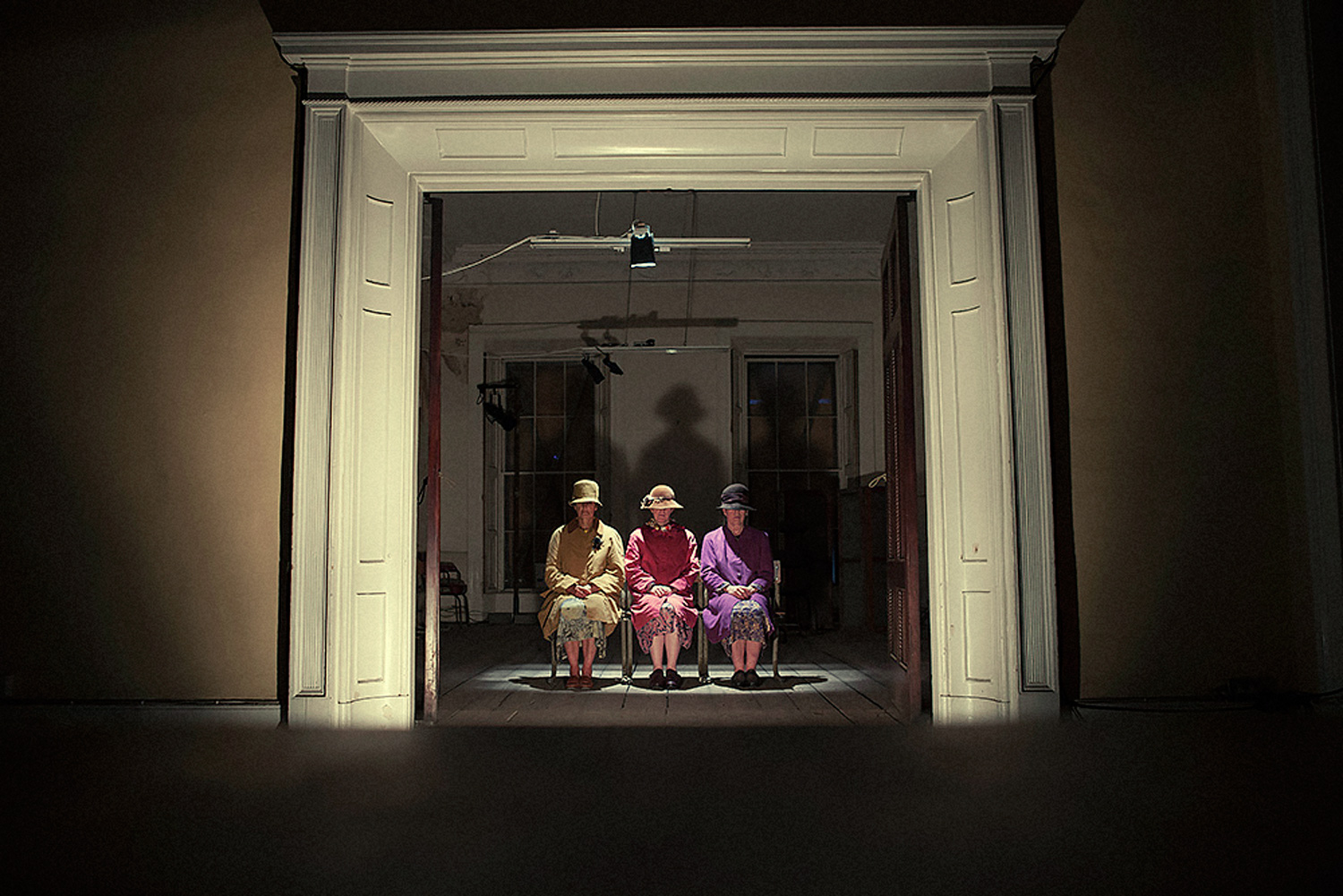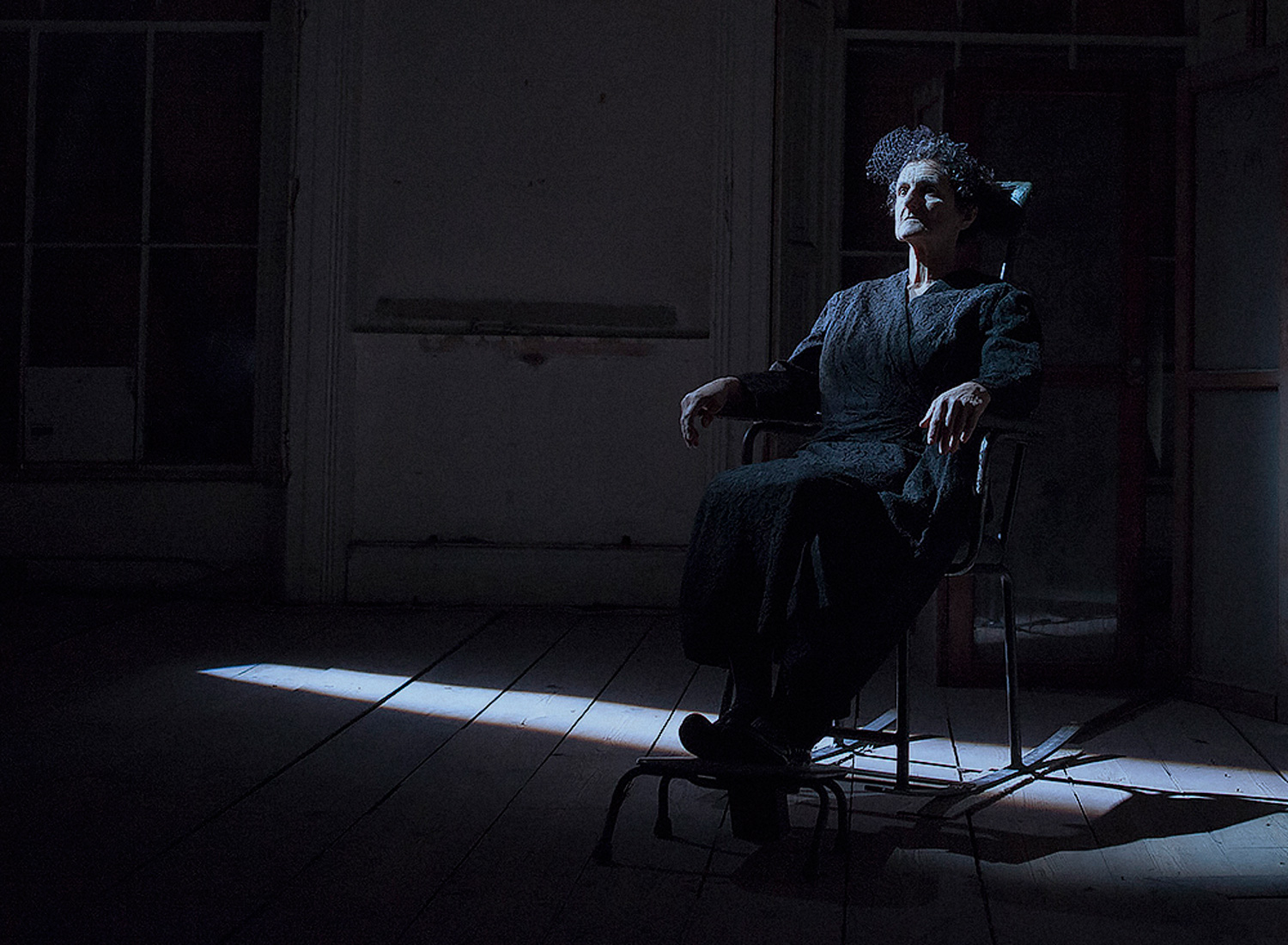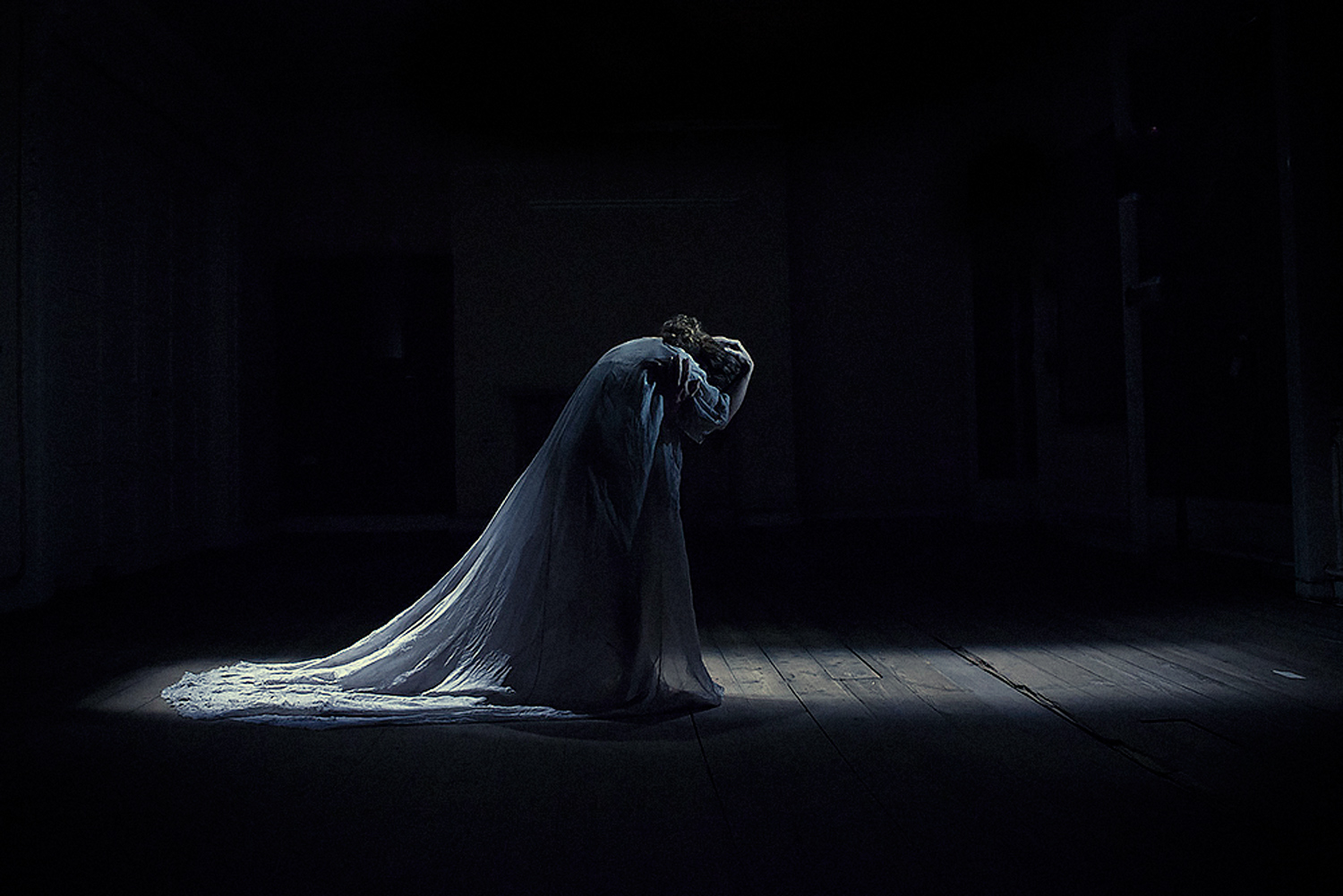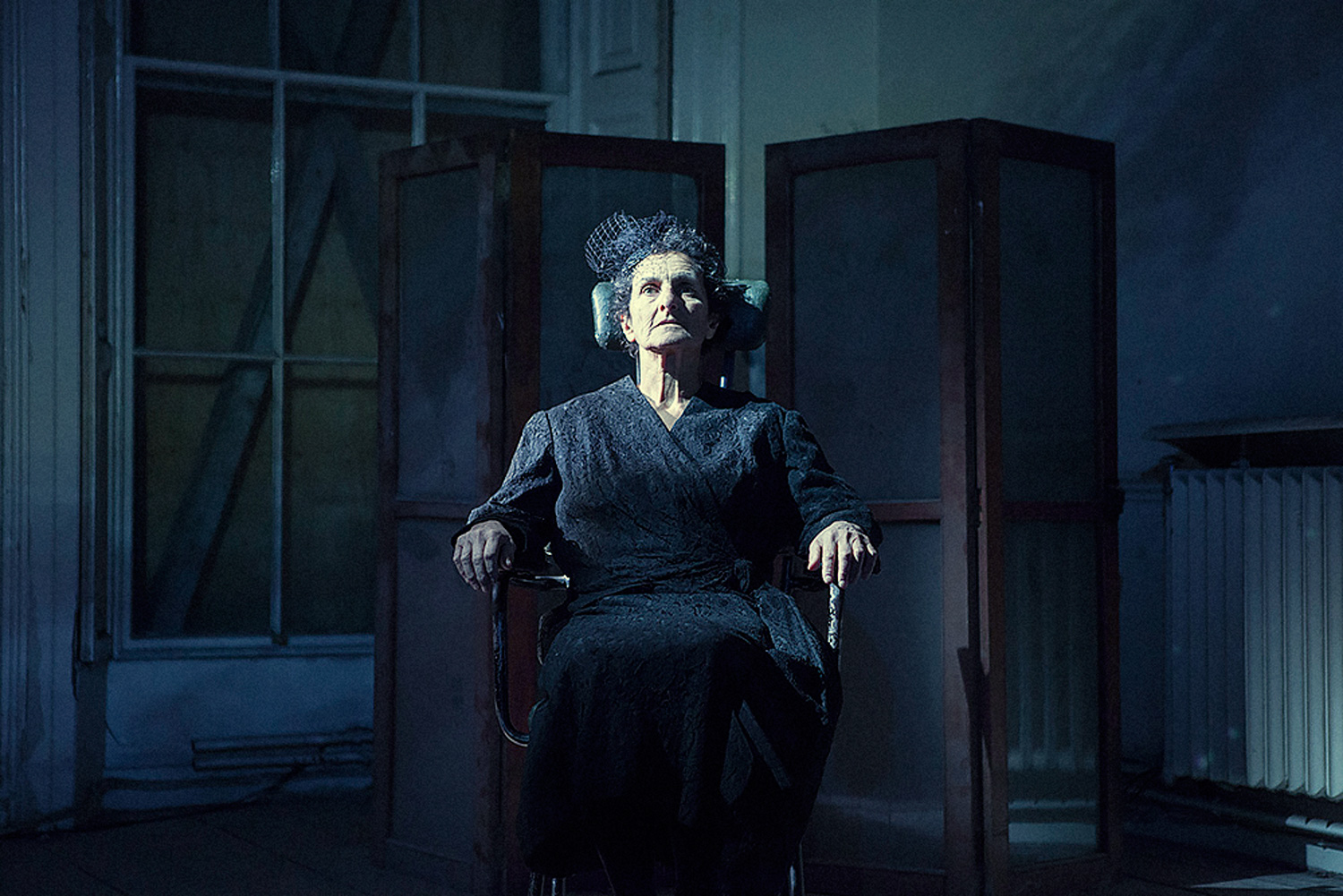The Women Speak
We are only now beginning to recognise the ways in which Ireland has failed its women and, in many cases, harmed them beyond reparation. The ‘unruly’ female body has been hidden and controlled behind walls: walls of the laundries, the mother and baby homes, even the domestic home itself. How is it possible for Beckett’s abstract, modernist works to speak to this trauma?
“The Women Speaks achingly articulates the ramshackle body of the female in nationalist Ireland.”
— Chris McCormack, Broadway World
Directed and Designed
by Sarah Jane Scaife
Performed
by Bríd NíNeachtáin,
Michèle Forbes and
Joan Davis
Credits
Video Design
Kilian Waters
Lighting Design
John Comiskey
Sound Design
Tim Martin
Costume Design
Sinéad Cuthbert
Producer
Kate Lennon
Production Manager
Lianne O’Shea
Photographer
Hazel Coonagh and
Futoshi Sakauchi
Supported by The Arts Council, Dublin City Council, Red Rua, The Samuel Beckett Summer School and The Irish Theatre Institute
Trish McTighe
Postdoctoral researcher on
the Staging Beckett project at the University of Reading
Each of the female figures in these plays suffers marginalisation and entrapment: Footfalls plays out a drama of containment in the figure of a girl who has never been fully born. The woman of Rockaby is confined to her rocker, like her mother before her, in a repeated pattern of female marginalisation. The three female figures of Come and Go seem to be trapped in a permutation of gesture, one leaves, a whisper is shared, she returns and all is repeated. The babbling mouth of Not I evokes bodily immobility and some unspecified traumatic event. Within her torrent of fragment phrases, we can catch a reference to ‘Croker’s Acres’, near Dublin’s Leopardstown. Beckett once said that he heard in the babbling of Mouth the voices of women who wandered Ireland’s roads, muttering to themselves. What this tells us is that, behind the formal abstraction of these plays may lies traces and remnants of actual bodies, traumatic events and material places-traces, in other words, of Ireland and the walls, symbolic and real, it built around women.
“Beckett re-imagined through a prism of female experience… Company SJ has created something genuinely ephemeral.”
— Sara Keating, Sunday Business Post
City Library at Parnell Square Cultural Quarter
The streets of Parnell Square, built around three sides, Cavendish Street to the east, Granby Row to the west and Palace Row to the north, were laid out between 1753 and 1785. Originally fine Georgian residences, these large houses were adapted for business, education and cultural uses over the years.
Nos. 20 and 21 Parnell Square are best known to Dubliners as the National Ballroom (1940s to the 1980s). The ballroom extended the Banba Hall at no. 20, used by the Volunteers in the early 1900s for meetings, concerts and dances. Coláiste Mhuire was established in 1931 as the first all-Irish post-primary school for boys in Dublin. The six houses at nos. 23 to 28 were acquired between the 1930s and the 1970s, to create an interconnected complex for the school until its relocation in 2002.
No. 25 was the home of the Gaelic League or Conradh na Gaeilge, the Irish language revival movement, from 1908 until 1933, and the location of a meeting on 9 September 1914, where the future signatories of the Proclamation and others resolved to bring about a rising.
Parnell Square, North side from steps of No. 14. David Davison, 1974.
“This is a subtle and rich show that could take repeated viewing, and a treat for any Beckett fan.”
— Morgan Quinn, No More Work Horse
“Company SJ have achieved a magnificent feat with Beckett in the City: The Women Speak and for me it is one of the highlights of this year’s festival.”
— Cait Murphy, Meg.ie
Clodagh Kingston
Senior Librarian, Dublin City Libraries
The Parnell Square Cultural Quarter project will breathe new life into these empty buildings, nos. 20-21 and 23-28, creating a new City Library at Parnell Square, connected by a new civic plaza with Dublin City Gallery, The Hugh Lane, creating a vibrant intercultural district for Dublin. The project will offer opportunities to learn create and participate, with fusion spaces for meeting, performance, conference and collaboration with cultural offers including Music and Design.
The City Library will be at the heart of the literary life of Dublin, celebrating creative imagination through extensive literary research collections, the theatre programmes, memorabilia and artefacts of the Dublin Theatre Archive, as well as through cultural programming, events and activities.
The Storyhouse, directed by the Dublin UNESCO City of Literature presence, will support writers’ residencies and showcase the works of contemporary and internationally renowned Dublin and Irish writers.
Dublin City Library and Archive holds an excellent collection of works by and about Samuel Beckett including limited and first editions, works in translation, signed editions of his plays, poetry and prose, photographs and critical studies.
“It is as though everyone — the stage hands, actors, even the audience — is being directed in a perfect piece of symbiosis.”
— Eithne Shorthall, Sunday Times











